Beginner’s Guide: Secrets to Boosting Seedling Growth — How to Set Up Seed Trays the Right Way
2025-07-11 00:56:40
For those new to gardening, watching seeds sprout and seedlings grow strong is a deeply rewarding experience. However, many beginners face the frustration of slow seedling growth. In fact, properly setting up your seed trays is a critical step to accelerating this process. This guide will walk you through how to correctly prepare your seed trays to help your seedlings thrive.
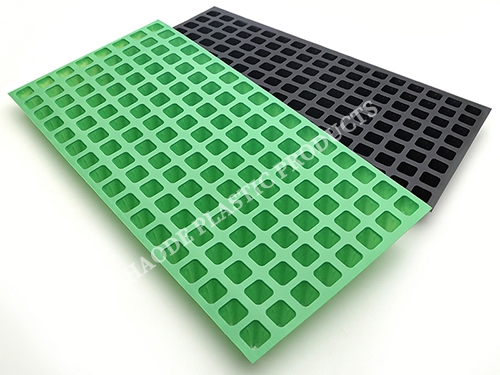
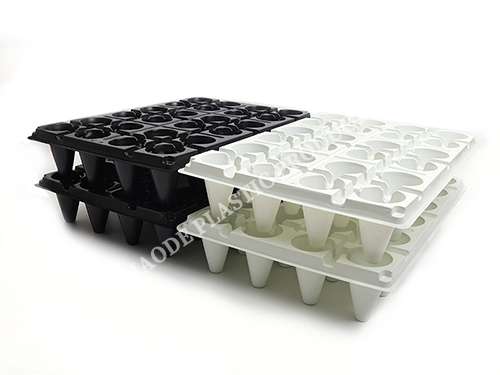
Choosing the Right Seed Tray: A Strong Start
Tray Material Matters
Seed trays come in a variety of materials, including plastic, paper-based, and biodegradable options. Plastic trays are durable and reusable, ideal for long-term use. Paper-based trays are more affordable and convenient for short-term planting. Some biodegradable materials offer eco-friendly benefits and can be planted directly into the soil, reducing environmental impact. Choose a tray based on your needs and growing cycle.
Tray Size and Depth
Tray size and cell count should match your planting scale and available space. Smaller trays are great for limited areas like balconies or windowsills. Larger trays with 24, 48, or more cells are better suited for growing multiple seedlings at once. A depth of 5–8 cm is generally ideal for supporting healthy root development across a wide range of plant types.
Use Quality Growing Medium: Fuel for Germination
Soil Composition
A quality growing medium is essential for seed germination and healthy root growth. Ideally, use a seed-starting mix rich in organic matter, humus, and trace minerals. You can also make your own mix by combining leaf mold, peat moss, and perlite at a ratio of 3:2:1. Leaf mold provides nutrients, peat moss retains moisture and improves structure, and perlite increases aeration.
Soil Sterilization
To minimize the risk of soil-borne diseases and insect larvae, sterilize the growing medium before sowing. Options include sun exposure for several days or using steam or hot water treatment. Sterilized soil significantly improves germination rates and seedling survival.
Adjusting Soil Moisture
Before filling trays, moisten the soil to the right level. Use a spray bottle to add water while mixing. The ideal moisture content is when the soil forms a ball when squeezed but crumbles easily when released. This ensures seeds have sufficient water without becoming waterlogged.
Sowing Seeds the Smart Way
Control Sowing Depth
Different seeds require different planting depths. In general, small seeds (like lettuce or arugula) should be sown 0.5–1 cm deep, while larger seeds (such as squash or pumpkin) may require 2–3 cm. Planting too deep can delay or prevent germination, while planting too shallow risks drying out.
Maintain Proper Spacing
Seed spacing helps reduce overcrowding and competition for nutrients and light. Small seeds can be sown relatively close together (1–2 cm), but larger seeds should be spaced further apart (5–10 cm). Label trays with the seed type and sowing date to help track progress and manage care.
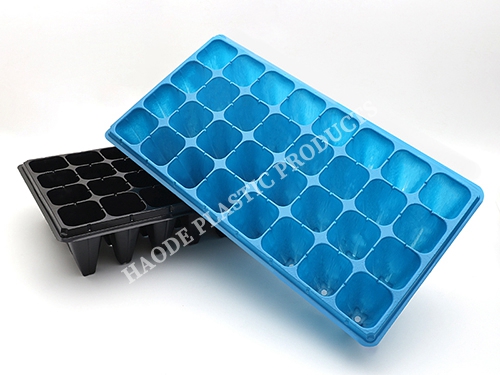
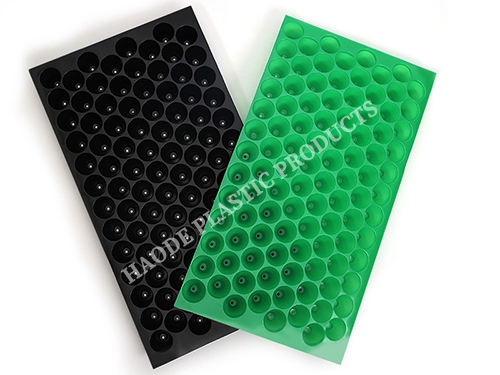
Create the Right Environment for Growth
Temperature Control
Most seeds germinate best between 20–25°C (68–77°F). If temperatures are too low, use a heat mat or place trays in a warm indoor spot. Consistent warmth will help trigger faster germination and stronger root development.
Light Management
Seeds don’t need light before germination, but once they sprout, seedlings require 12–16 hours of light daily for healthy growth. Place trays near a sunny window, and if natural light is insufficient, use grow lights as a supplement. Avoid exposing young seedlings to harsh midday sunlight, which can damage tender leaves.
Air Circulation
Proper ventilation helps reduce fungal infections and improves oxygen flow for root respiration. Open a window daily or use a fan at low speed to circulate air gently. Avoid placing trays directly in strong drafts to protect fragile seedlings.
Conclusion
Correctly setting up your seed trays is one of the most effective ways to promote faster, healthier seedling growth. Beginners can achieve great results by focusing on the right tray choice, preparing quality soil, sowing carefully, and managing environmental conditions properly. As you gain more experience, you’ll continue refining your methods and increasing your gardening success.
We specialize in providing high-quality seed trays to help gardening enthusiasts and professional growers improve their seed-starting results. We hope this guide inspires and supports your growing journey.
References (International Sources Only):
·National Gardening Association
·Royal Horticultural Society
·HortScience (Journal of the American Society for Horticultural Science)
·Journal of the American Society for Horticultural Science
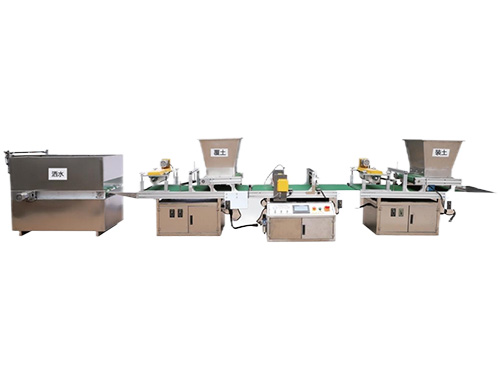
It adopts electrical integration and can be started by pressing the fully automatic button ...
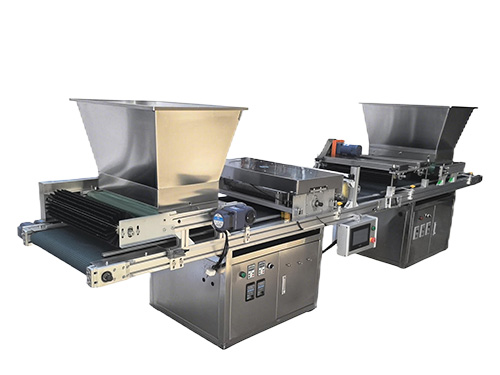
The XP750 seeder has stable performance, excellent product quality, simple and convenient o...
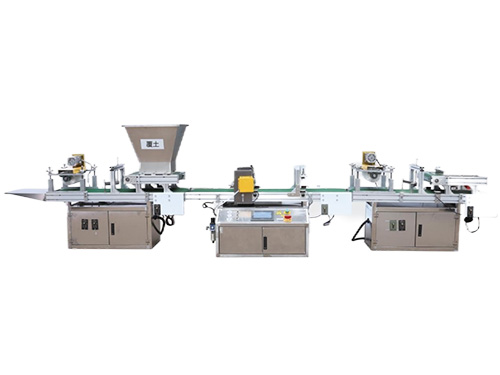
It adopts electrical integration and can be started by pressing the fully automatic button ...
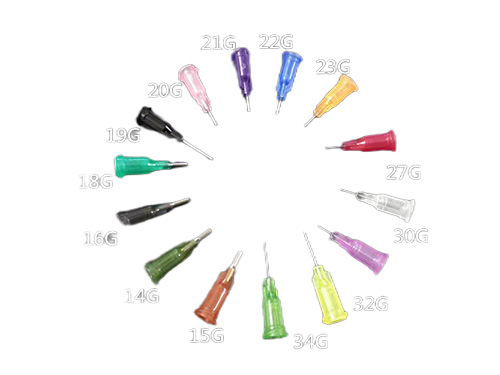
Needle list Seed nozzle model Different models Sowing types are different...



